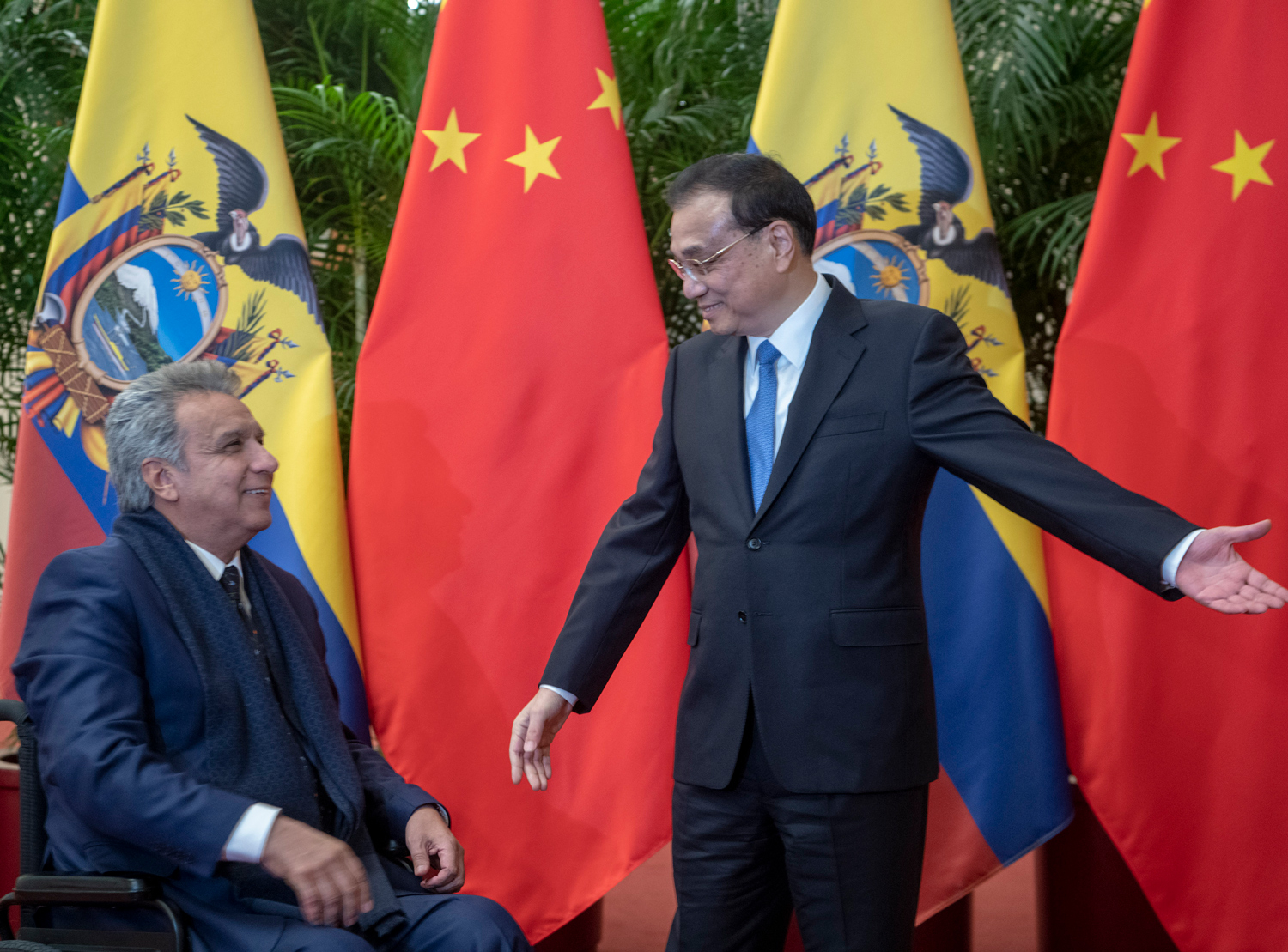At first glance, China’s engagement in Latin America and the Caribbean (LAC) looks a lot like what it’s doing in Africa. Just as China surpassed Europe as Africa’s largest trading partner, China has become the top trading partner of several LAC countries, including Brazil, Chile, Peru, and others.
While China’s trade with Africa dipped significantly between 2015 and 2017, only this past year regaining a similar level to 2015, it’s a different story in the Americas, where trade has steadily increased from $140 billion in 2008 to nearly $306 billion in 2018—significantly more than the $204 billion in trade that China did with Africa last year.
According to the 2019 China-Latin America Economic Bulletin, a report released by Boston University, “The Latin America and Caribbean (LAC) region’s trade with China hit record levels in 2018, on both the import and export sides, which rose to 3.0 and 2.6 percent of GDP, respectively. China continues to be the most important export market for South America and remains second to the United States for exports from the LAC region overall.”
Just as in Africa, the bulk of China’s trade with the Americas is commodities, mostly soybeans, metal ores, and oil. And just as regional leaders in the Americas are concerned about the growing trade imbalance with China, they’re also eager to borrow ever larger amounts of money from Beijing to finance new infrastructure.
Worries about the proverbial “debt trap” are just as pronounced in LAC as they are in Africa.
Yet, while there are a lot of parallels between China’s engagement in Africa and the Americas, there are also some stark differences.
Fudan University doctoral candidate Santiago Bustelo is an expert in Sino-South American relations and specializes in China’s relations with Brazil. He joins Eric and Cobus to discuss his new paper and what China’s increasingly important economic ties with the Americas means for Africa.
Recommendations
- “Belt and Road: The New Face of China in Latin America,” Fermín Koop, Diálogo Chino, April 25, 2019
- “Latin America-China Trade and Investment Amid Global Tensions,” Anabel Gonzalez, The Atlantic Council, December 2018




